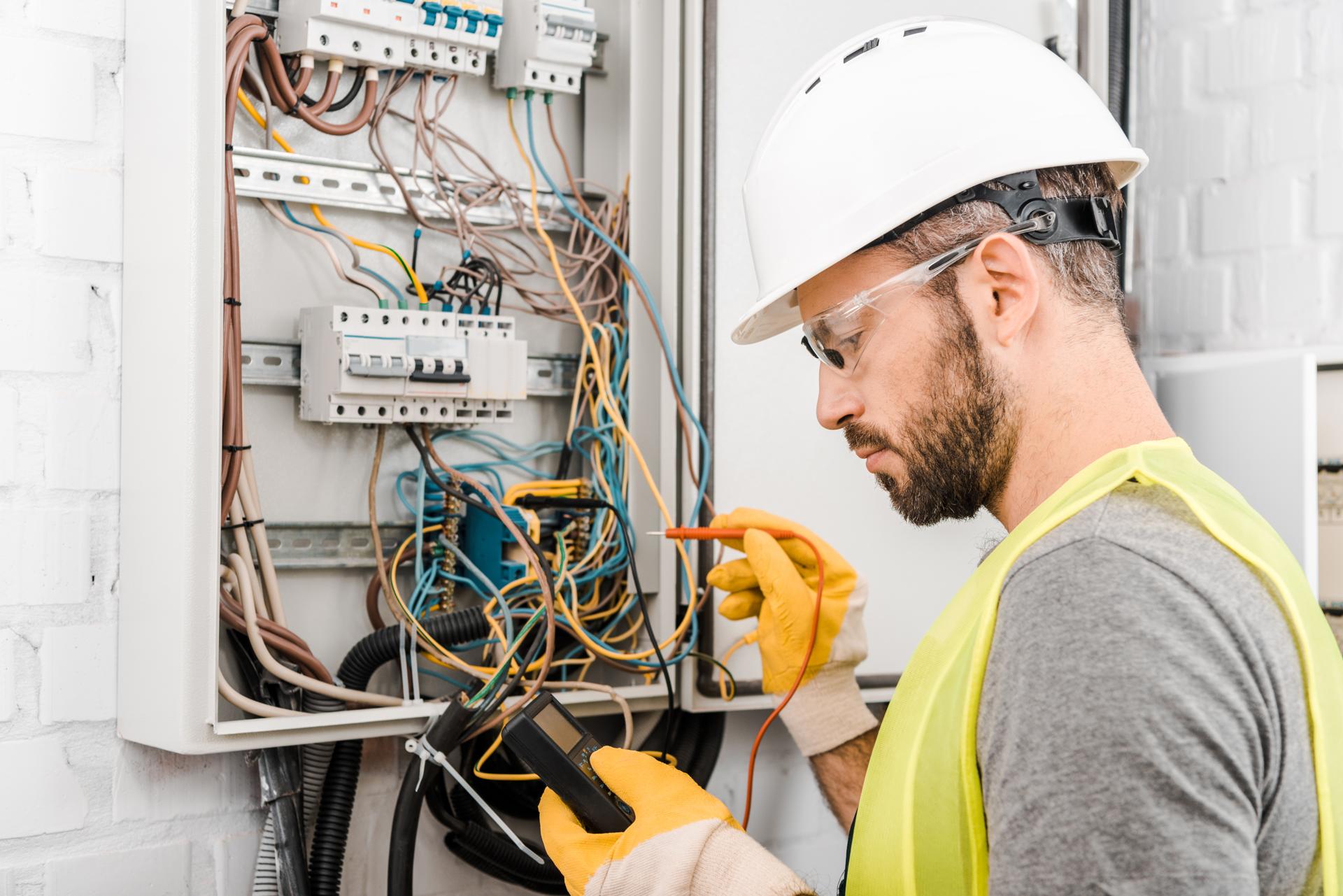How Electrical Wiring Works Inside Your Home: An Exhaustive Overview

Electricity is a vital part of our everyday lives, powering everything from the lights of our houses to devices we use every day. But electric systems may be complex, making it difficult to understand how they function can be difficult. In this guide we’ll breakdown the components of an electrical system, and explain how circuits work to power devices and appliances. Our residential electricians can handle any electrical jobs you need.
Components of an Electrical System
A home’s electrical system includes a number of key components that work together to supply power to a home. This includes:
Breaker box: the main source of electrical power in homes that is where electricity is divided into several circuits
Switches and outlets: the places where electricity is delivered to devices and appliances
Wiring: the wires that transmit electric current from the box to outlets and switches
Electrical appliances and devices: the appliances and devices that require electricity to function.
Electrical Circuits
A circuit of electricity is one which allows electricity to flow from the point of origin (the breakers box) to the appliances and devices in a home. There are two kinds of electrical circuits in a home that are 120-volt and circuits with 240-volt voltage. 120-volt circuits are used for most household devices and appliances, while the 240-volt circuits are designed for larger appliances such as dryers and air conditioners.
Electrical circuits work by completing an electrical loop that allows power to flow from the source into the device or appliance. The loop consists of a hot wire that transports the power along with a neutral wire that completes the circuit and the ground wire which provides the pathway for the electricity to get to the ground in case of a fault.
Understanding Electrical Wiring
Electrical wiring is available in many different kinds, including non-metallic sheathed cables (NM) and armored cable (AC), and conduit. Each type has its own advantages and disadvantages, and the choice of wiring type depends on the specific requirements for the particular installation.
Wiring conducts electricity through a flow of electrons in the wire. The electrons flow from the source to the appliance or device, and back to the source using the neutral wire. It is crucial to make sure that the wiring is installed and maintained properly, since defective wiring could lead to electrical hazards like shocks and fires.
Common Electrical Issues
Some common electrical problems at home include tripping breakers, flickering lights and electrical outlets that are not working. These problems can be caused by a myriad of causes that include overloading circuits, broken connections, and defective wiring.
If you experience any of these issues it’s essential to identify the root cause and take actions to rectify the issue. In some instances this could mean contacting an authorized electrician to inspect and repair the wiring.
Concluding and Call to Action
In the end, knowing how electrical wiring operates is essential to ensure the security and reliability of your home’s electrical system. If you follow the rules laid out in this guide and you will be able to remain safe and prevent potential hazards.
In case you’ve got any questions or concerns regarding your home’s electrical system Don’t hesitate to reach out to Local Electrician Coogee. Our electricians are licensed and have the knowledge and expertise to address all of your electrical needs. Contact us at 1300 610 481 to schedule a consultation.
FAQ
What are the signs of a faulty electrical wiring?
The signs of an electrical wiring issue may include tripping breakers flashing lights, and dead outlets, among others.
When should I have the electrical system of my house checked?
It’s recommended that you ensure that your electrical system is checked by an authorized electrician every 10 years.
What is the lifespan of electrical wiring?
The life expectancy of electrical wiring is based on many factors, such as the kind of wiring used, the setting it’s placed in, and the standard of installation. The majority of electrical wiring will last for as long as thirty years, or even more, with correct installation and care.
Can I fix electrical problems by myself or should I hire an electrician?
Although some electrical issues are fixable by homeowners, it’s recommended that you hire an experienced electrician for most electrical repairs. Attempting to fix electrical problems without proper training and expertise is risky and could cause damage or injury the property.
What should I do if have an electrical issue in my home?
If you encounter an electrical problem the first step is to shut off the power supply to the affected location by turning off the breaker or fuse. After that, you should contact an authorized electrician to examine and fix the issue as soon as possible.
If you follow these tips by following these guidelines, you can ensure the safety and reliability of your home’s electrical system and prevent possible dangers. Be aware that when it comes to electrical repairs as well as installations, it’s always best to leave it to the experts. Call Local Electrician Coogee at 1300 610 481 to discuss all of your electrical requirements.
